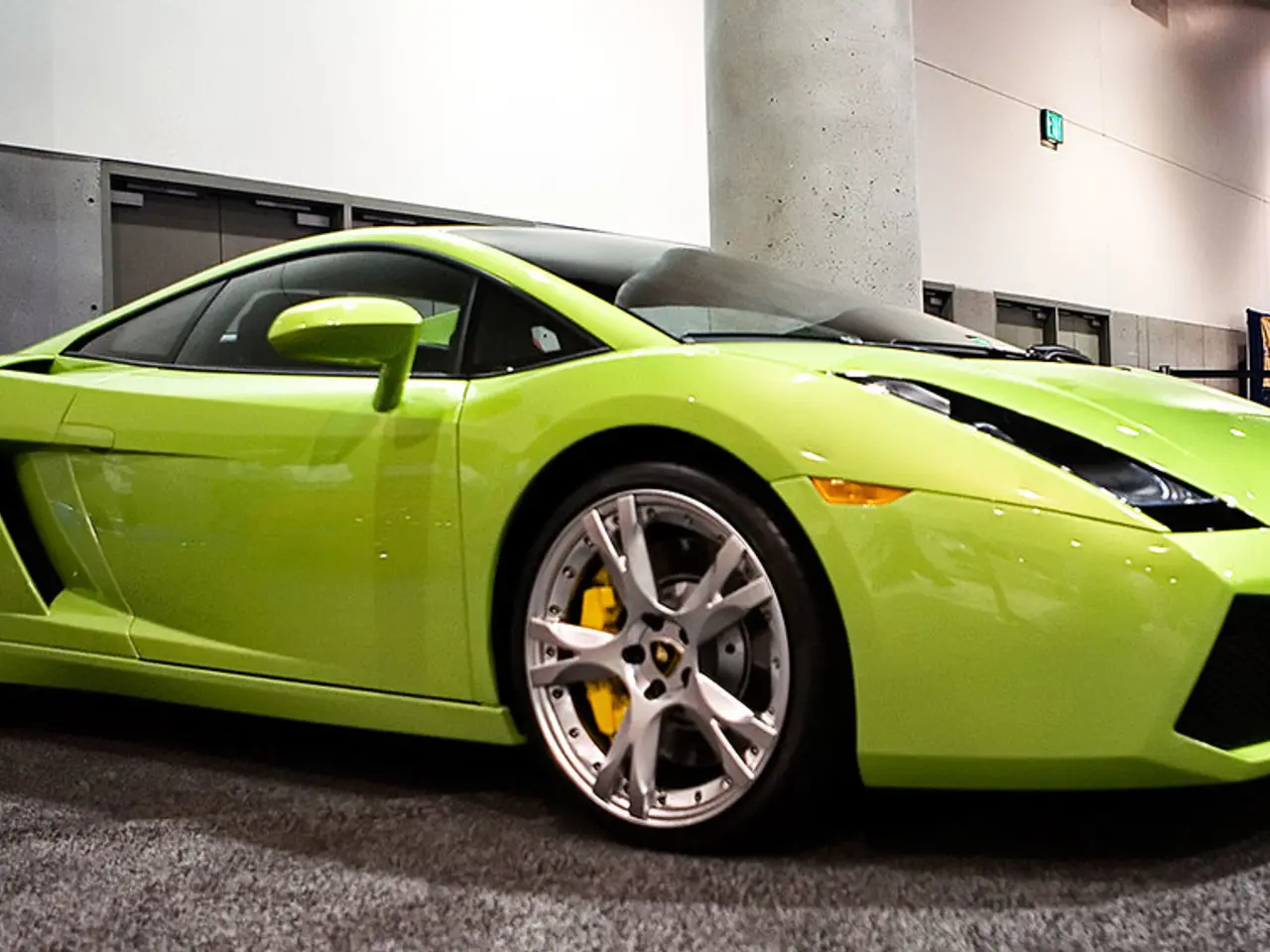Leaked photos of Wuling Nano EV surface before its official debut
The Wuling Nano EV, set to debut at the Tianjin Auto Show on September 29, promises to be an attractive option for those seeking an affordable and efficient electric vehicle (EV) for urban driving.
This compact EV, designed with efficiency and lightweight construction in mind, is based on the Baojun E200 and shares a striking resemblance with its counterpart.
Key Specifications ------------------
The Nano EV boasts a 24 kW front-wheel drive motor, slightly less powerful than some related models, but suitable for city driving. The exact capacity of its battery is yet to be detailed, but it is designed for efficient range performance. The EV offers an approximate range of 120 km on a single charge, making it ideal for daily urban commuting.
In terms of dimensions, the Nano EV measures over 2.9 meters in length and less than 1.5 meters in width, making it highly maneuverable in congested city streets. Weighing around 700 kg, it is a lightweight vehicle that offers excellent agility.
Performance ------------
The Nano EV can reach a top speed of approximately 170-175 km/h, depending on the variant, although the smaller motor size may limit its top speed compared to other models.
Safety Features ----------------
The base Nano EV model is noted as lacking Electronic Stability Control (ESC) in its base version, which may affect certain safety aspects. Detailed safety features specific to the Nano EV are not available, but Wuling models generally prioritize basic urban safety over advanced driver aids.
Design ------
The Nano EV features a contemporary, simple, and aerodynamic design with smooth lines, which aids efficiency. It is available in colorful variants to appeal to younger or urban buyers, emphasizing style and practicality.
Additional Features -------------------
The Nano EV can be charged with a household 220V three-plug power supply and can also be equipped with a 6.6kW high-power charger, reducing charging time to 4.5 hours. The EV also supports app vehicle interconnection, allowing users to query vehicle status, intelligent power supplement, and reservation charging.
More than 40% of the whole car body of the Nano EV is made of ultra-high-strength and high-strength steel, ensuring robustness and safety. The power battery of the Nano EV is equipped with low-temperature preheating technology and battery insulation function, enhancing its durability and performance.
The Nano EV is rumored to cost around 20,000 RMB (3,100 USD), making it a highly affordable option. It comes with safety configurations such as driver's airbag, passenger's child protection lock, ISOFIX child safety seat interface, ESC body electronic stability system, ramp assist, and rear reversing radar.
The Nano EV has a design concept of "scene space utilization," maintaining a small body of 2.5m and a turning radius of 3.8m, making it highly maneuverable in tight urban spaces. The power battery of the Nano EV is dustproof and waterproof up to IP67, ensuring durability in various weather conditions.
In conclusion, the Wuling Nano EV offers a practical and affordable electric solution with a modest 24 kW motor, compact dimensions, a lightweight structure, and an approximate range suitable for daily urban commuting. Safety features are basic, with the base model missing ESC, making it essential to verify upgraded safety options if needed. The Nano EV is set to make its debut at the Tianjin Auto Show on September 29.
The Wuling Nano EV, targeting urban drivers looking for an affordable and efficient electric vehicle, is also associated with the technology sector due to its smart features like app vehicle interconnection and low-temperature preheating technology for the power battery. In terms of financial implications, the Nano EV is expected to cost around 20,000 RMB (3,100 USD), making it an appealing choice in the budget-friendly segment of the automotive industry. This EV is also connected to the transportation sector, given its compact size, lightweight construction, and maneuverability, designed for navigating congested city streets efficiently.




